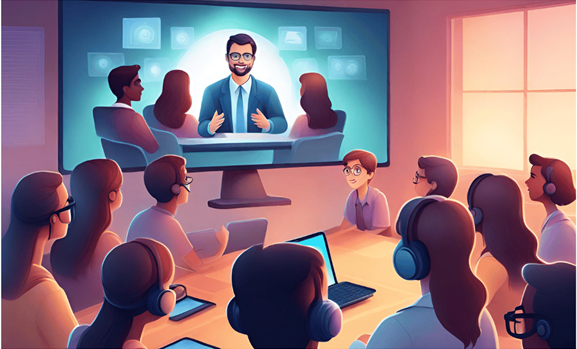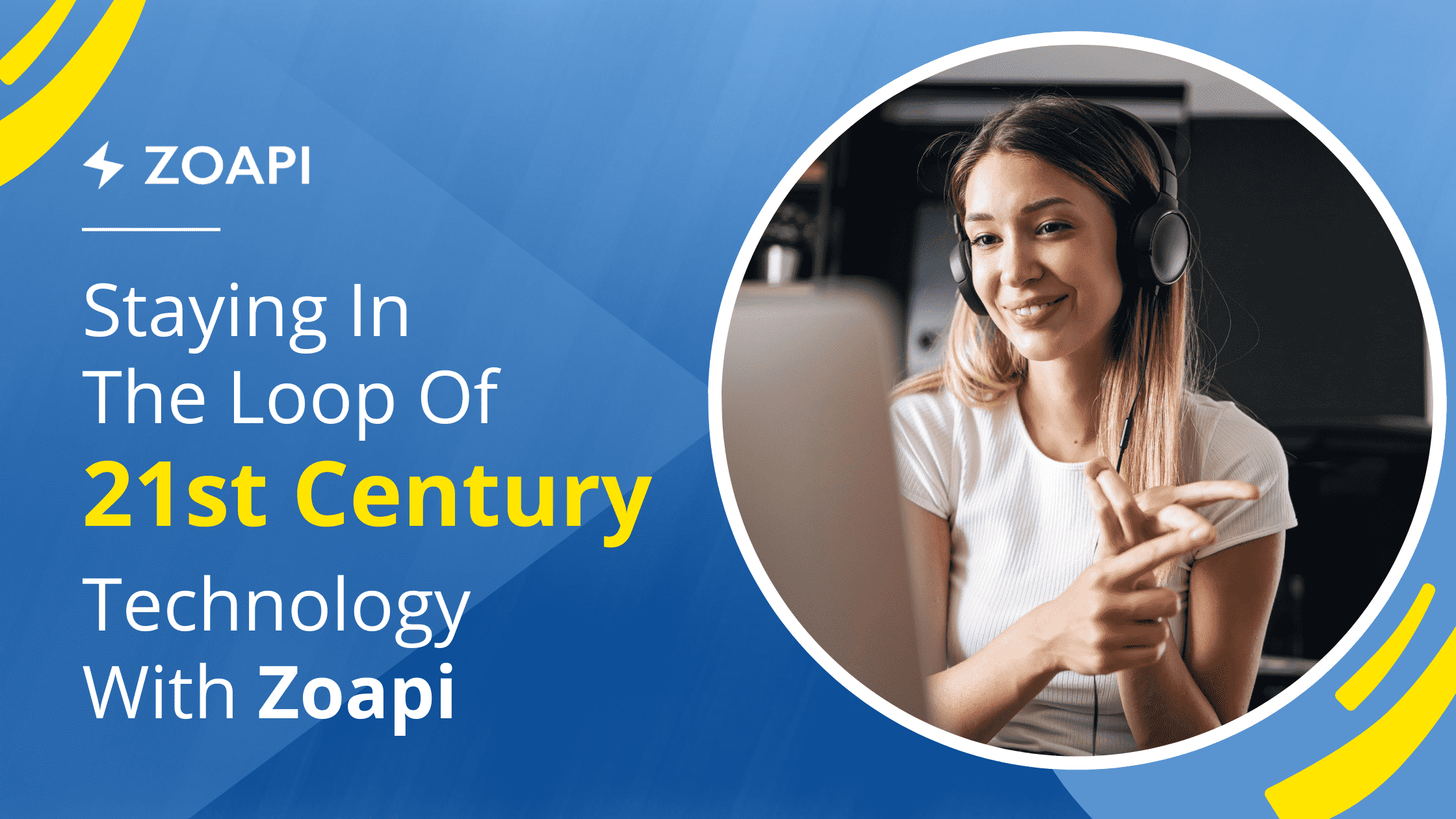
Formal education changed for good!
The digital revolution that began in the 1980s has touched and changed almost everything in today’s world. People, though initially conservative, started seeing the world through a different lens. The buzz about ‘Internet’ helped itself to grow without any bounds. Within the next few decades, the Internet grew so much that it was considered to be a magical potion that every household must possess and consume.
But this was majorly limited to E-Commerce & social media and formal education was linearly exempted. Of course, the Internet was used to gain access to many research and study materials, but it wasn’t included in the mainstream educational practice aka the Classrooms. But this changed when many educationalists supported the introduction of the internet in schools.
As a result, by the year 2002, almost 99% of the schools in the USA had access to the internet. It opened up access to a plethora of resources that were hitherto available and gave students in far flung corners access to modern educational content.
How did the introduction of Smart Classrooms change the Educational System?
Before understanding this, we must understand what a Smart Classroom is? The traditional way of teaching has helped many students across the globe over centuries. But it cannot stay the same especially when the modern students are majorly gadget-drawn. Thus, Smart Classrooms were introduced to tackle this problem and enhance the methods of teaching. The elements of a Smart Classroom include projectors, smart screens, digital white boards, LED pointer pens and many more. Many schools even provide the students with Tablets.
Now, coming to our primary question “How Smart Classrooms changed the Educational System?”. Simply by changing the way of interacting with students. Any content presented in the right way will reach the audience hassle free. In the same way, after introducing Smart Classrooms, teachers were able to deliver the content much more effectively and efficiently by projecting audios and visuals related to a topic. Smart Classrooms also allowed the students to be creative and also allowed the teacher to view each and every student’s work without any physical bias. Smart Classrooms enabled the Educational Institutions to regulate their platform and this further streamlined the cumulative communication.
Zoapi’s role in this impactful change:
Zoapi HUB for campuses creates a completely different environment both for the students and for the teachers. It is a superior screen-sharing and collaborative solution that enhances the quality of student-teacher communication by making the students feel comfortable in participating in the class and therefore increasing the student engagement. Not only this, Zoapi, with its easy-to-connect technology, can connect various educators from across the world to the students through the means of virtual learning. This will ultimately increase the quality of education and makes ‘learning’ a fun process.
Zoapi helps the students and teachers stay connected even without the internet! Yes, you read it right. Zoapi campus edition allows students and teachers to share screens even without the presence of internet. Students can even take snapshots of the lecture notes and share them online, broadcast messages across classrooms and present a topic wirelessly, all within 30 seconds. That’s not it! Zoapi allows multiple screen-sharing at the same time from various types of devices like PC, Laptop, Tablets or Phones so that the message always gets across, so a student or a teacher will never go un-heard! With Zoapi you can use your own classroom boards for annotations and white-boarding for hassle-free teaching or presenting experience. Finally, Zoapi also helps the students and the teachers to keep track of time. One can even draw a monthly report of classroom utilization statistics and it can also display the class room schedule with its calendar integration feature.
To conclude, Smart Classroom and Meeting-room is the plausible future we all envision. So, allow Zoapi to be the bridge that connects you to the future of Education and Communication.



